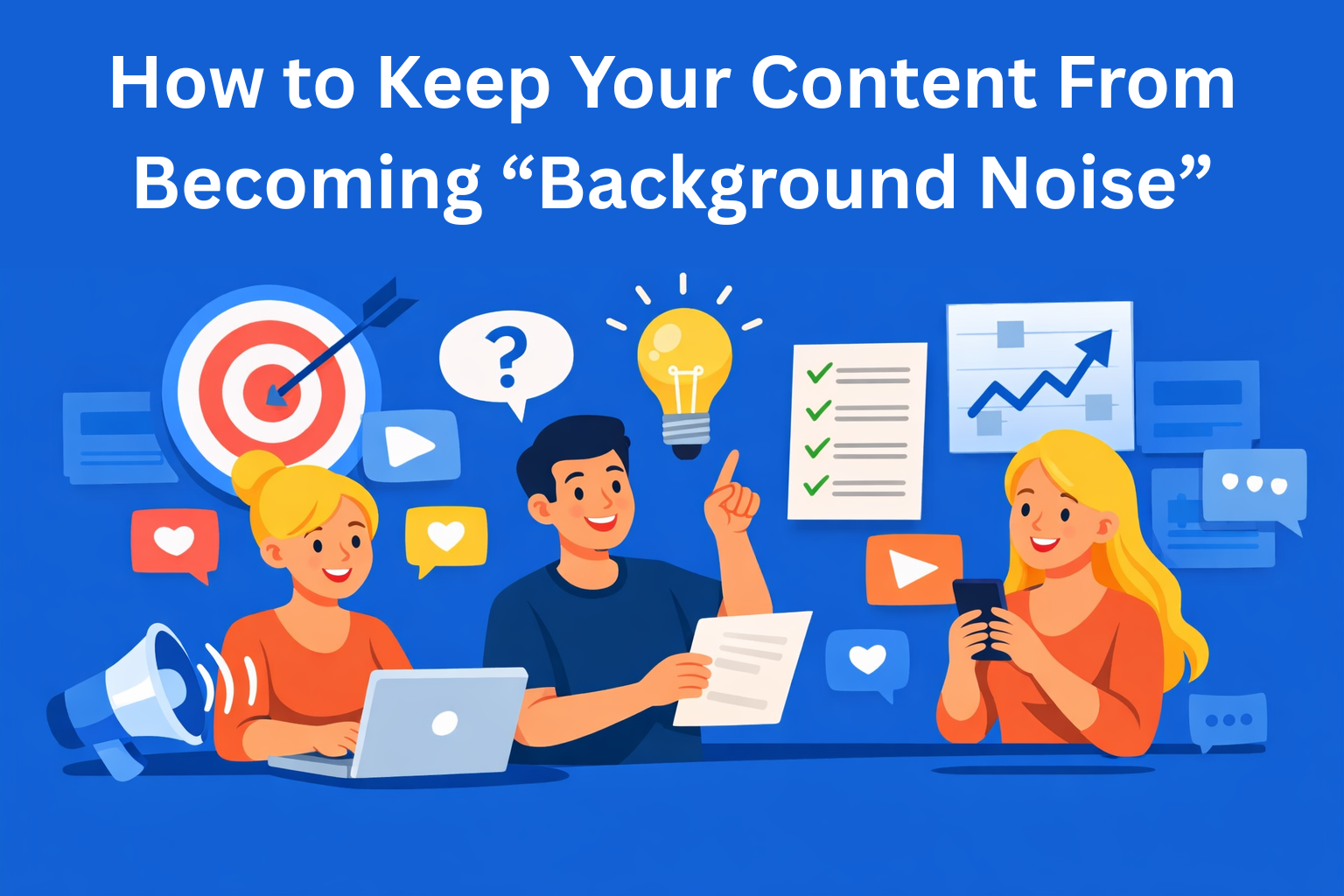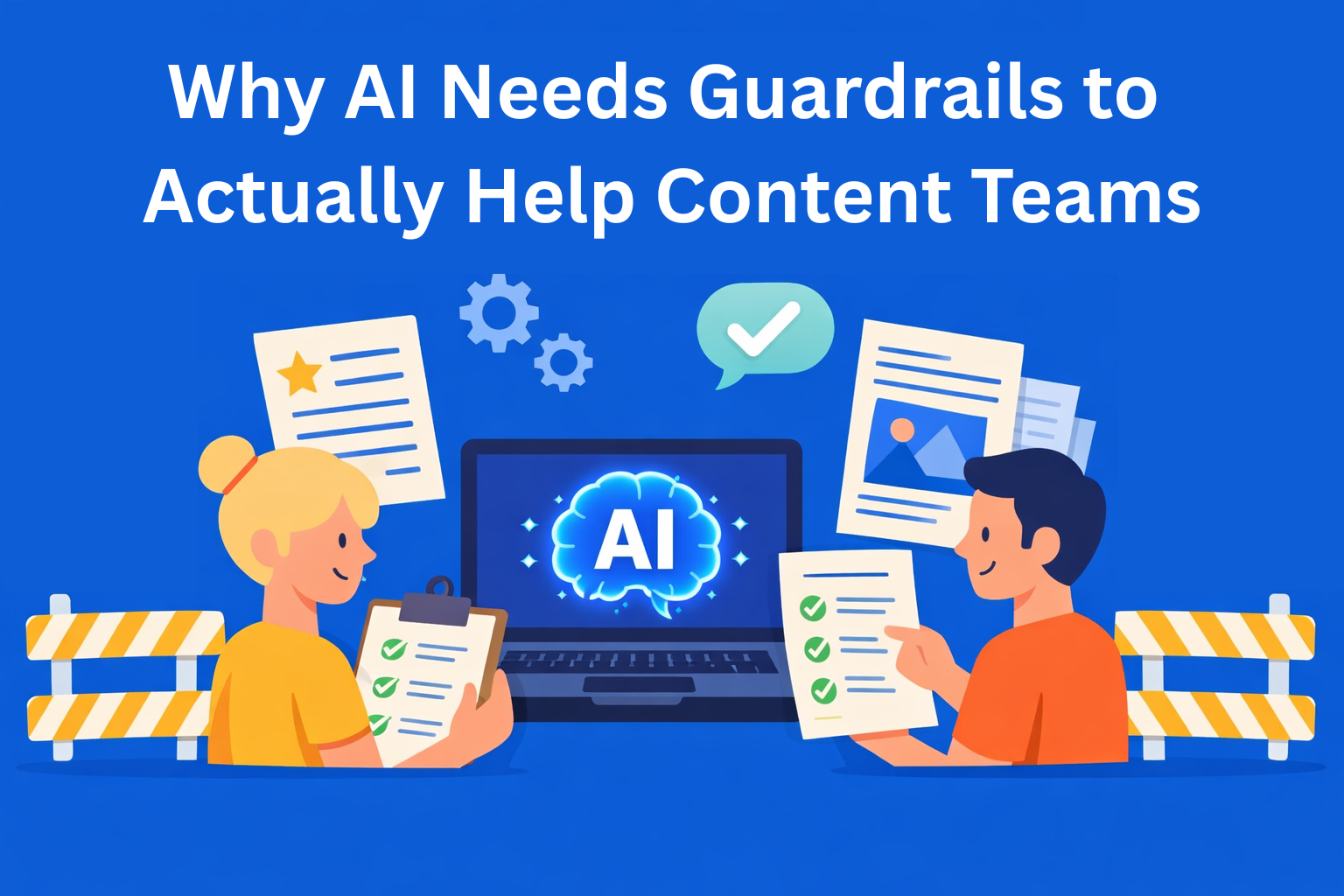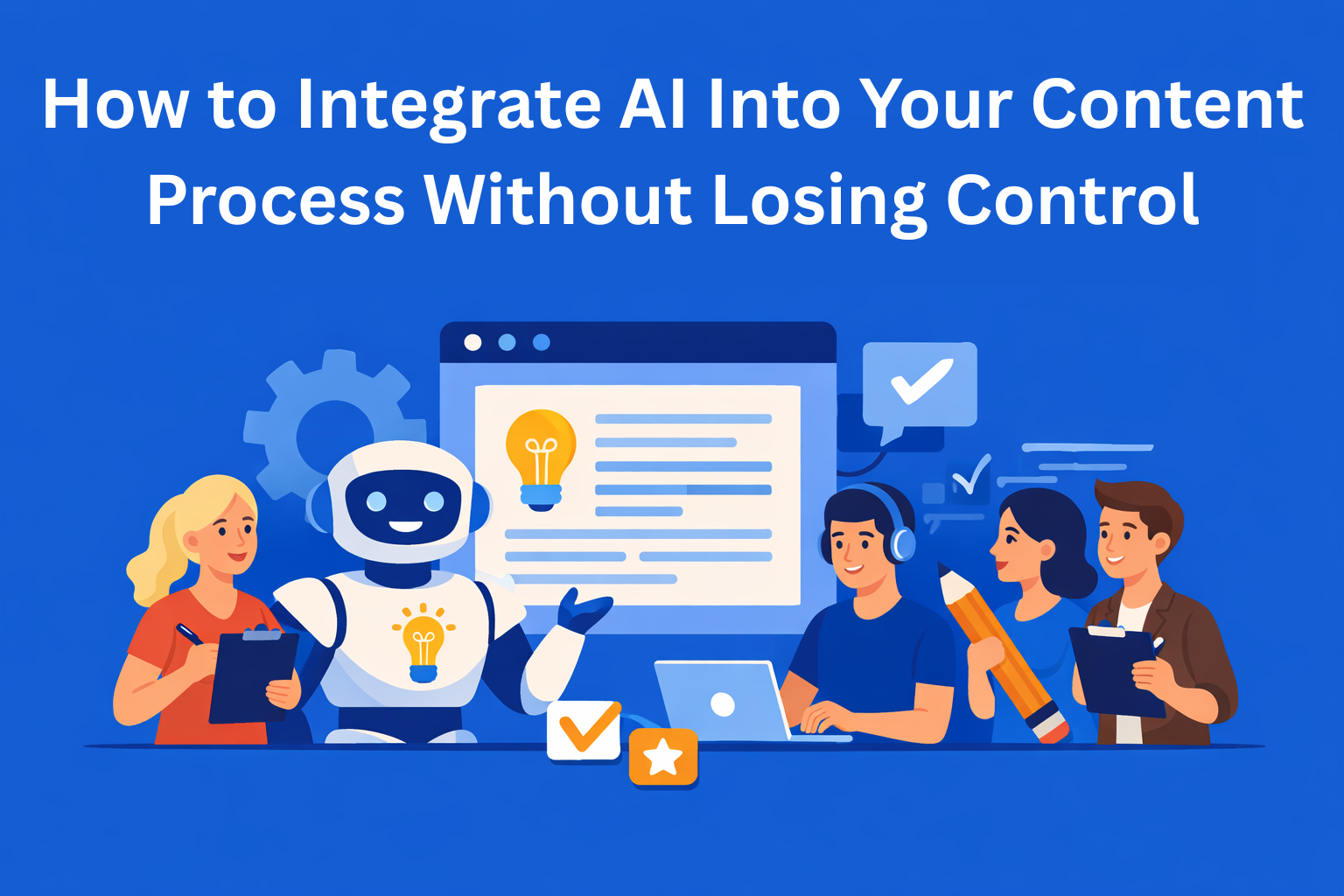5 Hidden Obstacles That Can Derail Your Content Plan
Got a content plan but results are slow? Hidden obstacles might be holding you back. Discover 5 sneaky issues that can derail your strategy and how to fix them without too much hassle. Tips for B2B, e-commerce, blogs, and social media.

We all talk about how important it is to have a solid content plan - whether you're doing B2B marketing, blogging, managing social media, or running an e-commerce strategy. But what often gets overlooked are the hidden obstacles - those small, seemingly harmless things that can actually slow you down or completely derail your content plan. If you've ever found yourself publishing consistently but not seeing results, chances are you’ve stumbled into one of these traps.
Let’s break down the five most common ones - and how you can fix them.
Key Takeaways
- No clear strategy leads to scattered content - without goals or a content calendar, your efforts won't translate into impact.
- Guessing your audience weakens results - real data and personas help create targeted, high-performing content.
- Team silos kill consistency - when departments don’t align, your messaging becomes confusing and fragmented.
- Lack of resources causes delays - underestimating time, staffing, or workflow clarity slows everything down.
- No optimization means wasted effort - without tracking performance, you can’t improve or prove ROI.
1. Lack of Clear Strategy and Goals
Without clear goals, your content can quickly turn into a pile of blog posts, videos, or social media updates - it may look active, but it's going nowhere. When you don’t know what you’re trying to achieve, in B2B marketing that often leads to fewer qualified leads. In e-commerce, it usually means a weak return on investment (ROI). In short: a lot of effort, not much impact.
How to fix it:
- Define your goals clearly - for example: is your focus brand awareness, increasing sales (conversions), or collecting new leads? Once you know that, it’s easier to prioritize and sort through content ideas.
- Create a content calendar - it's your roadmap. It helps you stay consistent and know what’s being published, when, and why.
- Align content with the customer journey - think about where your audience is in the buying process: just exploring, comparing options, or ready to buy? Your content should guide them through those steps.
2. Not Knowing Your Target Audience
One of the biggest traps is assuming you know what your audience wants - when in reality, you’re guessing. This usually happens when decisions are made based on personal opinions or assumptions rather than real data. The result? Generic content that misses the mark, gets ignored, and fails to perform.
How to fix it:
- Get to know your audience through surveys, direct feedback, and analytics - these are your most reliable sources.
- Build buyer personas to represent different types of customers and segment your content to match their needs.
- Adjust your tone and style depending on the platform: LinkedIn users expect a more professional, in-depth approach; Instagram prefers short, visual, and easy-to-digest content.
Bottom line: there's no one-size-fits-all. If you try to talk to everyone the same way, you end up talking to no one. This is why it’s crucial that content teams are aligned, ensuring that messages are consistent but tailored to each audience.
3. When Teams Work Separately and Don’t Communicate Enough
If marketing, sales, and customer support operate in silos, it’s easy for your brand voice to become inconsistent - each team “speaking its own language.” Audiences notice this quickly and lose trust because the brand doesn’t feel unified.
How to fix it:
- Set clear brand guidelines for tone and style so everyone knows how to communicate.
- Hold regular short meetings and share updates between teams so everyone’s on the same page.
- Use shared tools and platforms where everyone can see and update the current content in real-time(EasyContent)
This way, teams can collaborate more easily, reduce miscommunication, and maintain a consistent voice.
4. Underestimating Resources
At first glance, it seems simple - write a post, shoot a video, share it online. But once you’re deep in it, you realize it takes way more time, people, and coordination than you expected. Sometimes you're short on staff, sometimes time runs out, and sometimes nobody knows who’s responsible for what. That’s when quality drops or publishing stops altogether.
How to fix it:
- Plan based on real capacity. Be honest about how much time and how many people you really have, and build your schedule accordingly.
- Repurpose content. One solid blog post can be turned into a newsletter, a series of social posts, even a video - no need to reinvent the wheel every time.
- Create a clear workflow. For example: writing 👉 editing 👉 design 👉 publishing. That way, everyone knows their role and nothing gets missed.
When teams are organized and workflows are clear, everything runs smoother and stress levels stay low. A platform like EasyContent can help here - by keeping all content, tasks, and deadlines in one place, it makes collaboration easier and ensures nothing slips through the cracks.
5. Not Measuring or Optimizing
Publishing content and forgetting about it just doesn’t work. If you don’t track how it performs, you’ll never know if it’s helping or just draining your time and budget. It’s like running ads on TV but never checking if anyone watched or bought something.
How to fix it:
- Set clear goals before you start. This might be traffic, click-through rates (CTR), lead generation, or purchases.
- Check the numbers regularly. You don’t need to obsess daily, but a weekly review helps you see what’s working and what’s not.
- Connect the dots with business goals. If your goal is more sales, track whether your content is bringing in new customers or qualified leads. ROI should be a real, measurable thing - not just a buzzword.
Conclusion
These five obstacles might seem small, but they can seriously disrupt your content efforts. The good news? They’re all fixable - with a clear strategy, a deep understanding of your audience, better team coordination, realistic planning, and regular performance tracking.
If you want your content to go the distance, keep an eye on these traps. Content that has a plan, support, and clear goals is the kind that gets real results.






